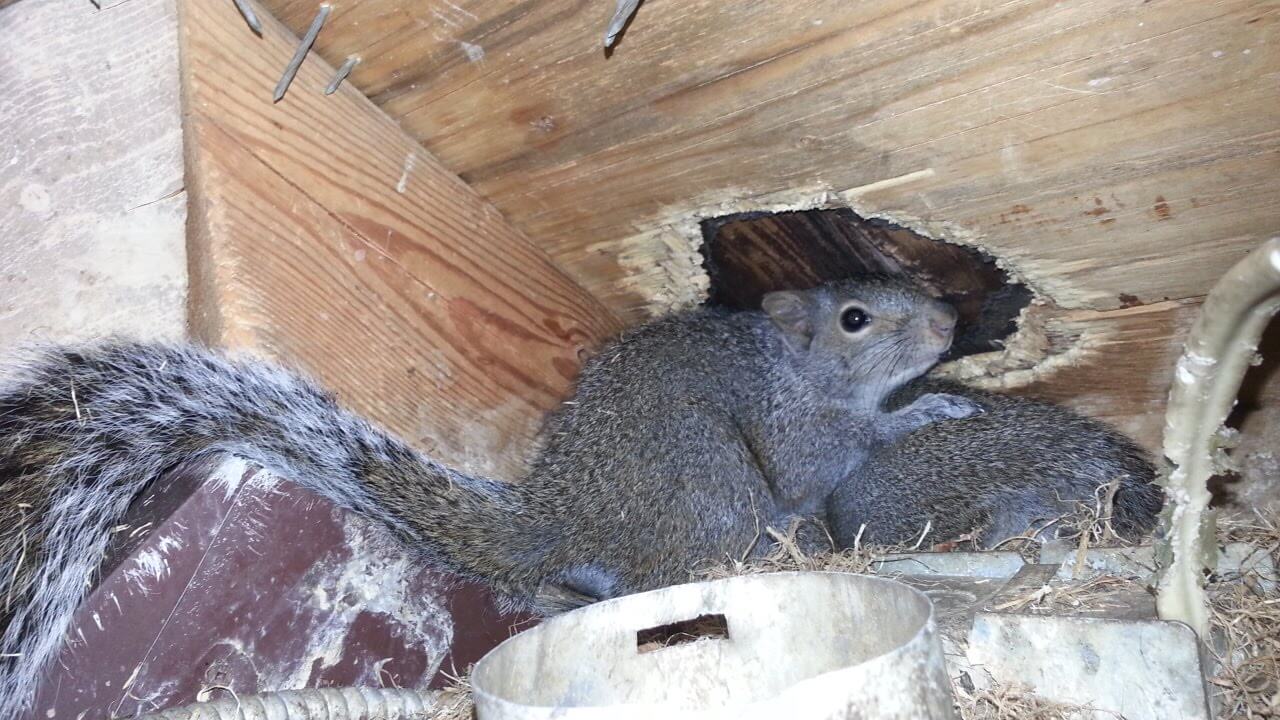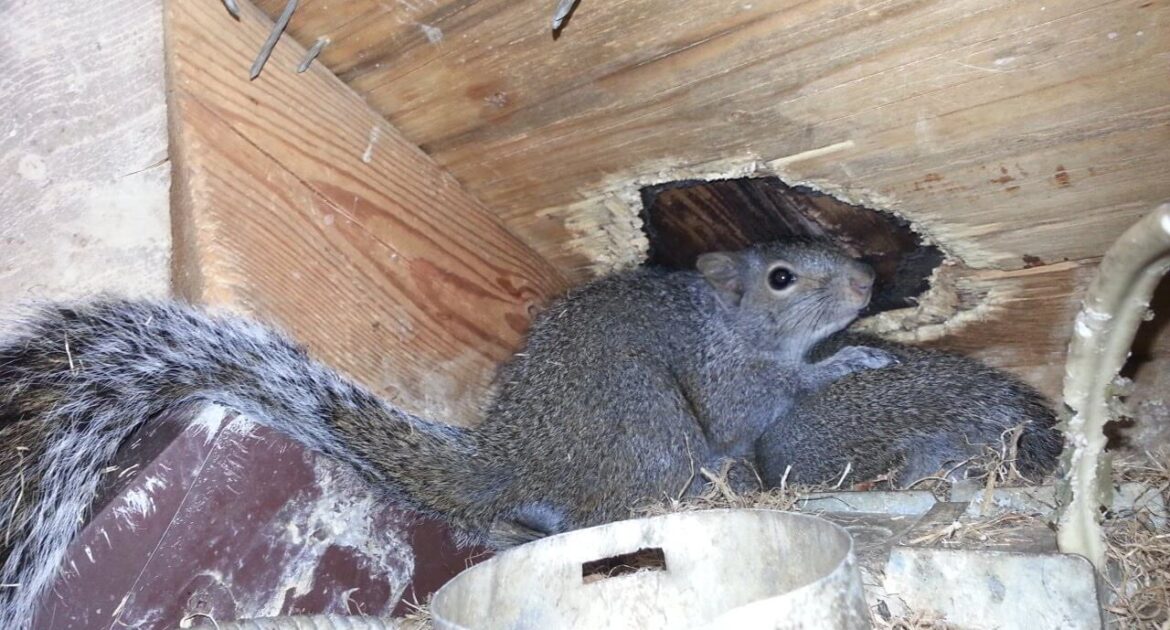One of the most distinct features a squirrel possesses is a big, bushy tail. Though a squirrel’s tail adds to its cuteness factor, it also performs several important jobs. Watching a squirrel swish it’s tail in your yard is entertaining, but you don’t want to hear — or see — one in your attic. If you do, get in touch with squirrel removal Ajax professionals. When you observe one out your window, see if you can determine why it may be shaking its tail.
Sounding the Alarm
When squirrels see a predator, they use their tails and chattering voices to sound the alarm. These actions alert other squirrels to the presence of danger and signal to a predator that they’ve been spotted. There’s a catch, though. They usually only use this method of communication for predators located on the ground. When they raise the alarm, they want other squirrels to see where they are located, and they’ll face the direction of the threat. If the danger is in the air, they don’t want to give away their location, since airborne predators can more easily catch them, so they refrain from tail twitching and vocalizing.
Defending Their Territory
Some squirrels use their tails to tell other squirrels that they are getting too close to their turf. Not all species are inclined to defend their territories. One of the most common squirrels in Ajax is the grey squirrel, and this species is cool with sharing their favourite tree with others. Red squirrels, which also call this area home, are a different story. If you see these critters flicking their tails, look around for a predator (which might be you!) or for competition.
Attracting a Mate
During mating season, males use their tails to let females know they are interested. They swish their fluffy extensions in hopes of catching the eye of their desired mate. If the female makes her way over to him, the visual serenade ends, and the chase begins. The females don’t give in easily, but if the male does manage to catch her, he then has to guard her against other potential mates until she signals her readiness to mate. If another male successfully moves in, all bets are off, and the wooing process starts all over again. In this case, a male might also twitch his tail to indicate his frustration.
Walking a High Wire
In addition to using their bushy tails for communication, squirrels also use them to survive their harrowing climbing, jumping and balancing feats. Their tails provide a counterbalance to their bodies as they run across narrow branches and powerlines. Take a look the next time you see one moving on a wire. You’ll see it moving its tail continuously to maintain balance. When they jump, their tails act as a rudder, steering them across the open space so that they make a safe landing on the next tree over.
Breaking a Fall
If it overshoots its target or takes a tumble from a powerline, a squirrel’s tail comes in handy. It acts a bit like a parachute, slowing the momentum of the fall. It also helps to soften the blow when it lands. As the squirrel approaches the ground, it’ll use its tail to spread out the distribution of its weight to reduce the impact on the body. In this way, squirrels can survive a fall from as high as 30 metres without injury.
Reclaiming Your Attic
No matter how amusing it is to observe the squirrels in your yard when one has made its way into your home, it is no laughing matter. They can do a lot of damage in a short amount of time. Skedaddle technicians can help you reclaim your attic and safely move the squirrel to a more suitable environment. For more information or to schedule service, contact our squirrel removal Ajax team today!





